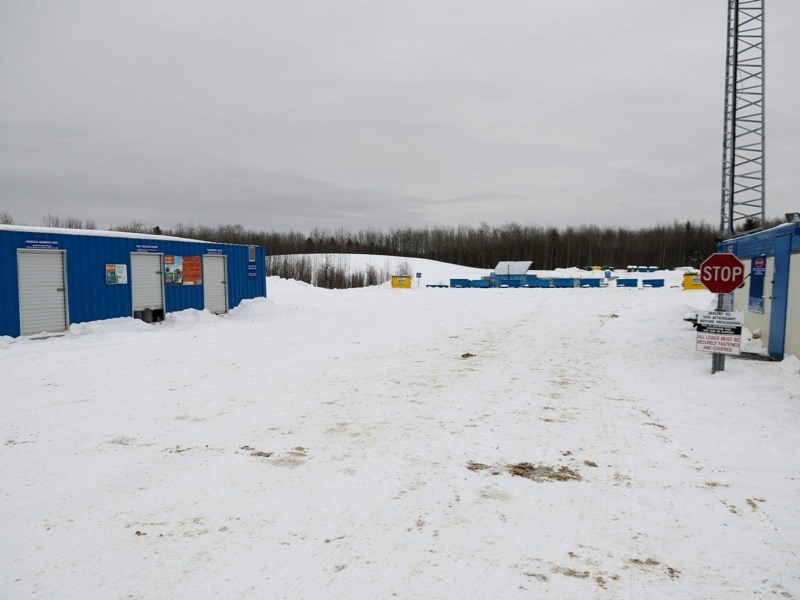Athabasca Regional Waste Management Services Commission spokesperson Rob Smith announced last Wednesday that the Boyle landfill has closed its class-two cell but is still accepting food waste.
A class-two cell houses kitchen and food waste from both residential and commercial sources.
Dumpsters have been set up to replace the cell, and the food waste will be transported to Athabasca. Other types of waste will still be put in cells at the Boyle site.
“You are adding a cost to the site of at least a couple hundred thousand dollars a year to do a proper engineered clay cell,” Smith said, adding that this is why the cell has been closed.
“The decision was made to cap off and close off the class-two cell at the Boyle landfill, and change it over to a transfer site and transport the waste to the regional landfill,” he clarified.
Smith explained to Boyle village council last Wednesday it doesn’t make a whole lot of sense to have more than one class-two cell in Athabasca County.
“We just don’t have the volume,” he said.
Although the cell was closed, Smith said there is nothing stopping the commission from opening the cell again years from now.
“We just closed off the one cell, but there is always the opportunity to go back,” he said.
Smith explained the commission was considering constructing a class-three cell (for construction materials) at the Boyle site.
“That is going to help increase revenue for the site,” he said. “It is going to logistically work good for us, too. We can have our trucks coming over to Boyle with a bin, dumping off construction waste, or class-three material, and then picking up the class-two bins.”
Smith said with the expansion of the energy corridor, the need for a class-three cell for construction waste will grow.
“The Boyle site, cost wise, even with our transporting of the materials to the regional landfill, it is going to see an increase,” he said.
The increase will be $30,000 this year for the village.
“I know when you have a smaller community, those are harder to absorb,” he explained to the council. “At the end of the day, in 2014 there is the extra cost to the landfill at the Boyle site, and then there is the extra tipping cost at the regional landfill that will be cost shared, and the recycle cost.”
Boyle mayor Don Radmanovich said, “A $30,000 hit for a place the size of Boyle is a lot of money.”
However, Smith explained it was either a $30,000 increase, or the cost of building another class-two cell, which is significantly more.
“Our intention is to build the class-three cell, and that is going to give us more revenue. Then the Boyle site is going to pull revenue from Athabasca as well,” Smith explained. “If we were to stay with this as a landfill, even a class two, it would be another $150,000 a year.”


